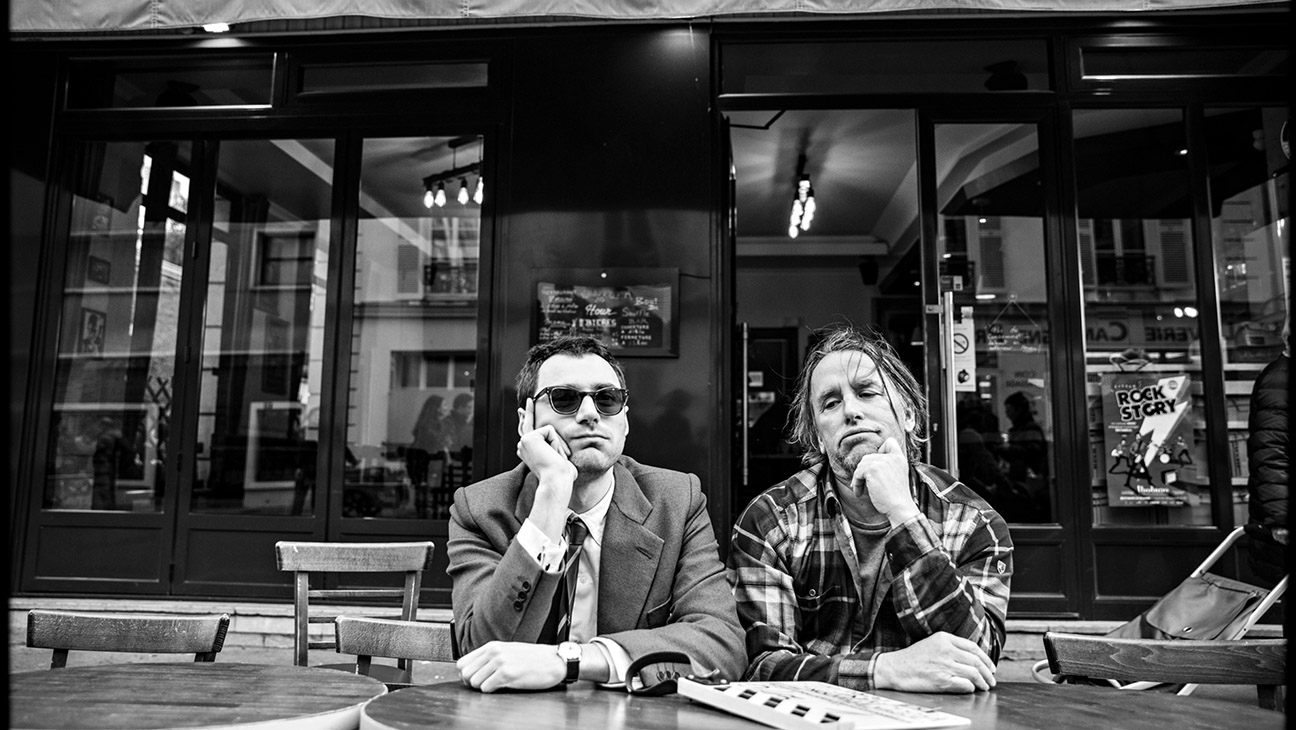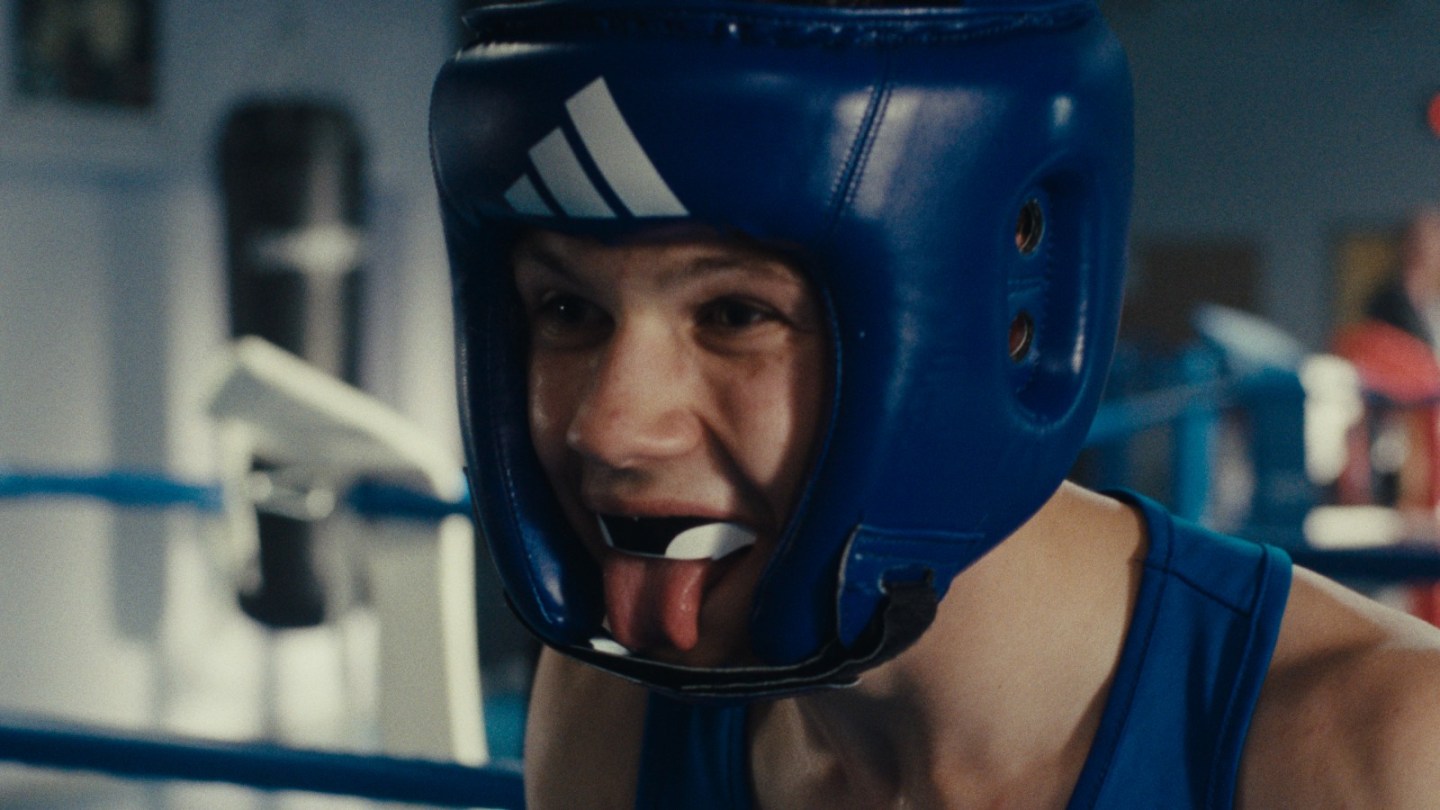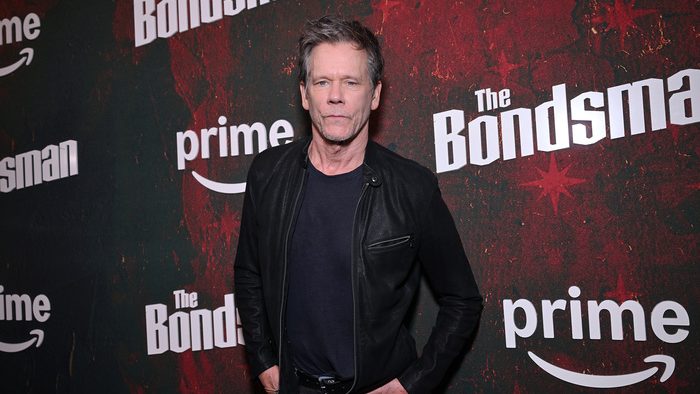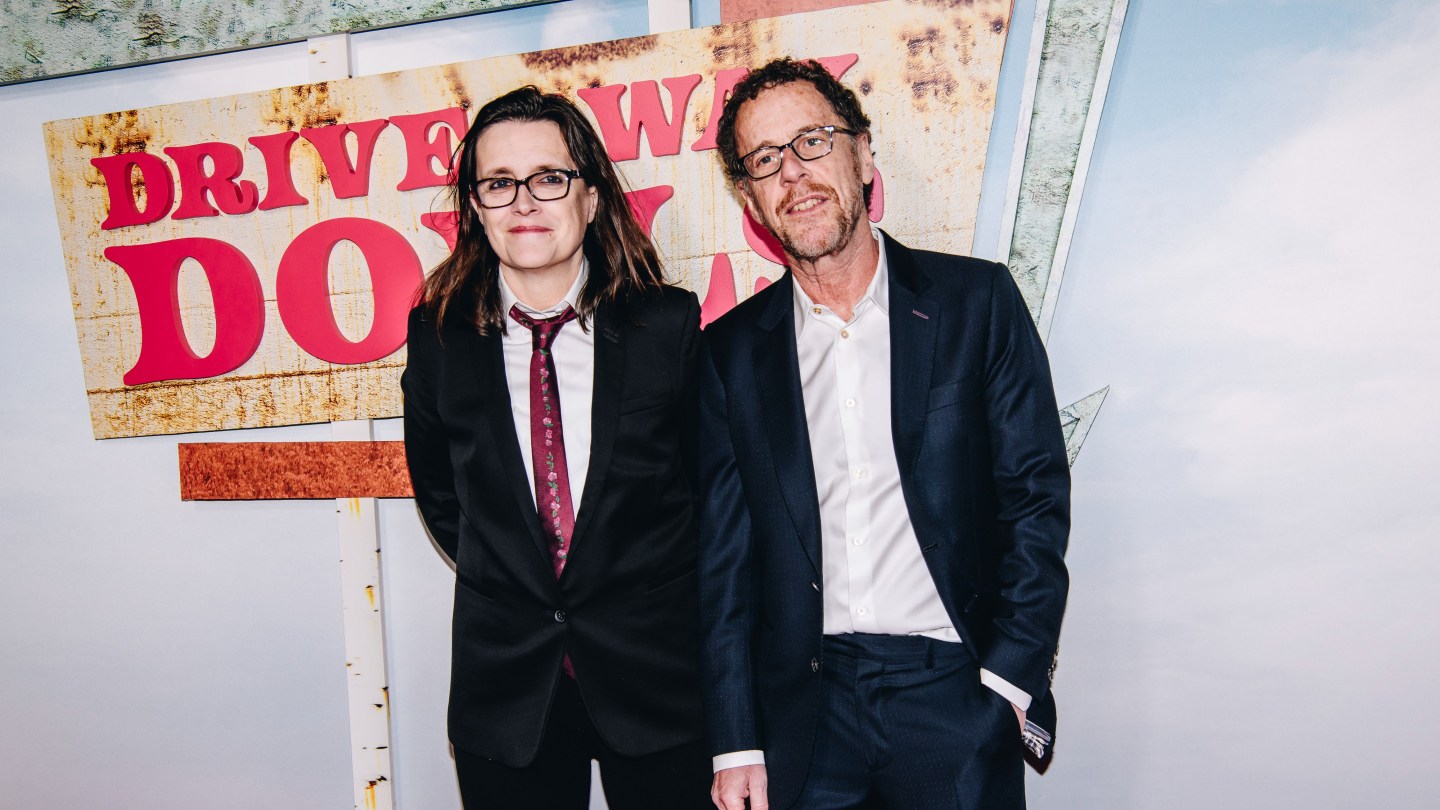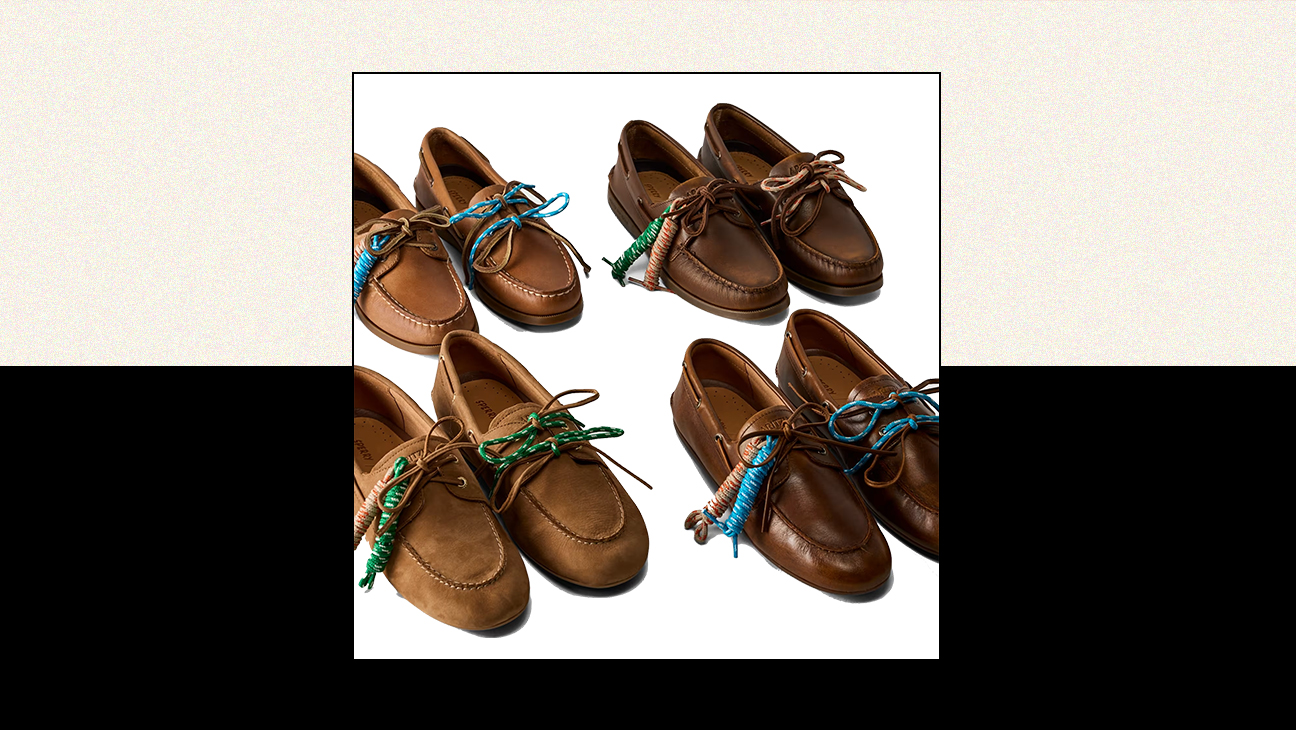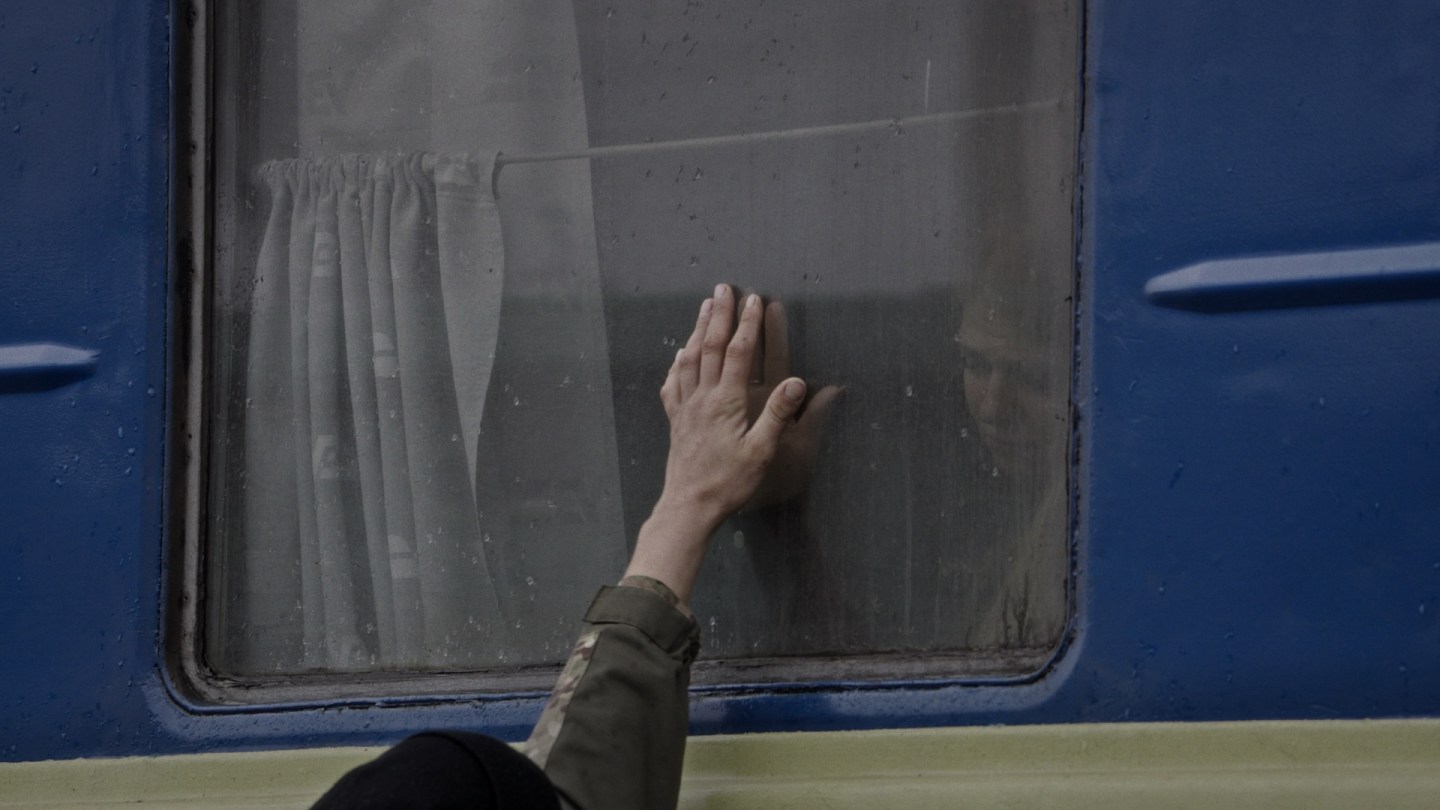
Cannes devoted its opening day, May 13, to Ukraine, screening three documentaries, outside its official selection, dedicated to the Ukrainian people in their ongoing fight against the Russian invasion. Those films look at a key figure in the conflict — Zelensky, which traces the life of Ukraine’s wartime president Volodymyr Zelensky — and directly at the front line. 2000 Meters to Andriivka, from Oscar-winning director Mstyslav Chernov (20 Days in Mariupol), sees the director embedded with a Ukrainian platoon as they inch forward, trying to liberate the strategic village of Andriivka. Bernard-Henri Lévy and Marc Roussel’s Notre Guerre, was filmed on the Pokrovsk and Soumy fronts in eastern Ukraine between February and April this year.
Militantropos, which has its world premiere in the Directors’ Fortnight on May 21, takes a very different approach to telling the story of the seemingly unending war. Co-directors Alina Gorlova (This Rain Will Never Stop), Yelizaveta Smith (School Number 3), and Simon Mozgovyi (The Winter Garden’s Tale) began filming on the first day of the full-scale Russian invasion, Feb. 24, 2022.
They didn’t set out to capture the map of the battles lost and won, but the impact years of conflict have on everyday life. With their impressionist feature documentary, told without voice over or explanatory dialogue, they explore how enduring conflict transforms ordinary people into “militantropos,” a hybrid of the Latin world for soldier (“milit”) and the Greek word for human (“antropos”) meaning a persona adopted by humans when entering a state of war.
The directors of Militanantropos, along with producer Eugene Rachkovsky, spoke to The Hollywood Reporter about how living through three years of war has transformed their personal identities, how the film evolved into a collective portrait of a country at war, and whether art can still make a difference. “Can we change people’s minds through this film? Is it possible to do that through art?”
Before we start talking about the movie itself, I want to ask all of you — referencing the title of your film — what has living with this war for more than three years meant to you personally? What has it meant to become militantropos?
Simon Mozgovyi That’s why we wanted to make this film. We noticed, both in ourselves and in Ukrainian society, a transformation taking place. We feel how the war has become part of us, and we’ve somehow become part of the war. I think it gives us the opportunity to see the importance of human existence itself—the importance of life, and the importance of making choices for your life.
Yelizaveta Smit For me, from the beginning of the full-scale invasion, living in wartime has meant constantly making choices, constantly questioning yourself. Should you stay, or should you leave? I have a child, for example. Should I be doing something for the army? Everyone is asking themselves these kinds of questions. Honestly, I feel stressed all the time. You just try to stay and resist, with all your strength. You tell yourself: “Just a little bit longer.” But it’s been “just a little bit longer” for three years now. What really helps are the people around you—your close ones, your co-authors, your friends, your horizontal connections. That’s what helps you survive, both mentally and physically.
Eugene Rachkovsky Part of our discussions around this project centered on observing how this transformation is happening within us. You can’t escape it—you’re in the middle of it. It pushes you toward inner transformation, toward activity. What Yelizaveta said is true: the form it takes differs from person to person, and you’re constantly questioning your choices. As artists, we feel like we’re doing something important in the moment, but we also keep repeating ourselves. Now, after three years and completing the film, we can feel it more clearly. That’s also why many of us volunteer—because it’s a way to be active, to be helpful. Not only to the army, but to the people around us. For me, it’s been a very personal exploration of how war has become a part of our lives—and how, even if it ends, it will never fully disappear. It will leave traces for generations.
Alina Gorlova Yes, I agree about the traces. I was thinking about this while the others were speaking. It’s such a difficult and complex question. Personally, I feel I’ve changed completely. There were many doubts about art as well. It was hard not to feel disillusioned—seeing how global politics works, how the media works, how public opinion can shift so quickly. But I still believe in the importance of what we’re doing with this film. I want to feel that it has an impact. Can we change people’s minds through this film? Is it possible to do that through art?

Militantropos
Courtesy of Directors’ Fortnight
What was the original idea behind the documentary?
Yelizaveta Smit Well, our production company has existed for 11 years, and even before the full-scale invasion, each of us was making films about war. We all dreamed of changing the topic someday. But when the invasion began, it became obvious that we had to keep doing this—we’d been exploring it already from different angles. That’s why the film has such a collective spirit: it brings together all our perspectives on the nature of war. This project tries to explore the core of it — through the transformation of individuals, and as a collective portrait of people who have become part of the war, and in turn, the war has become part of them.
It started with exploration—asking questions of ourselves and each other. Not necessarily looking for answers. When everything around you is destroyed, when your future is uncertain, you have to find new meaning in order to survive as a human being. This film is an attempt to do that.
Simon Mozgovyi Yes, and I’d add that when the invasion began, the film was our way of responding to what was happening around us—and to us. It was our way of holding onto our identities, of trying to understand ourselves in the midst of trauma and horror.
Alina Gorlova And the approach we used in the film was also about transferring this experience to the viewer. That guided how we worked with the footage, the editing, the sound, the music—everything was meant to evoke a certain feeling. In our opinion, cinema can give viewers a chance to come closer to these events and actually feel them. A theater can be a place for a profound emotional experience.
Was that why you chose not to use voiceover or a traditional narrative structure?
Alina Gorlova Yes. We were very much following our first-hand experiences. The structure of the film reflects this: we start from a distance, then gradually come closer and closer to the people. At first, we show the broader scale of things. But over time, both as viewers and as directors, we started to notice small, emotional moments in the midst of massive, horrifying events. That’s how the structure developed.
Simon Mozgovyi Our filming approach evolved over the two and a half years we worked on it. The footage was collected across that entire period, and we all experienced transformation during that time — both as directors and as cinematographers. In the first year, we were simply reacting to events from our own starting points. But through editing and reviewing the footage, we realized we wanted to get closer. So the film is structured in three parts: the initial response to the invasion, the point where war becomes part of everyday life, and finally, a deeper, more intimate exploration of the individual and the concept of militantropos.
In terms of visual language, much of it happened instinctively. We’ve worked with our DPs for nearly a decade, so our visual intuition was already aligned. The film’s structure and visual style emerged very naturally.
Yelizaveta Smit To add briefly: we all agreed early on to use a static, observational style of filming. We wanted to capture reality without imposing too much interpretation, so no moving camera, no dramatization. That distance, especially early in the film, gave us a clear method for engaging with the world around us. Later in editing, we began to find emotional and symbolic connections between scenes. By then, we had 70 terabytes of footage, and we chose to focus very clearly on a collective portrait of transformation. That’s why the film gets closer and closer as it progresses.

Militantropos
Courtesy of Directors’ Fortnight
And your company has been making war films since before the full-scale invasion?
Eugene Rachkovsky Yes. Since 2014, we’ve been filming in Donbas and eastern Ukraine. One of our documentaries, This Rain Will Never Stop, was also shot partly in Kurdistan. So we were already working on the topic of the Russian-Ukrainian war. After the full-scale invasion, our work expanded into this larger project.
Yelizaveta Smit We also made a fiction film, Butterfly Vision, about the war. This topic has been with us for many years—we simply couldn’t look away.
Alina Gorlova I counted—we’ve made five feature films on the topic. Right before the full-scale invasion, we had just finished Butterfly Vision, and we told ourselves, “We don’t have any more war films in development.” We really thought that was it. That was a real conversation we had.
Of all the experiences you had while making the film, the people you met, the places you visited, what moments left the most lasting impression on you?
Alina Gorlova There’s an older woman about 15 or 20 minutes into the film. She’s gardening in a completely destroyed village and cooking soup outside. Her house had an amazing view—it was big and beautiful—but it was destroyed by the Russians. She was living in the basement. She had other housing options, but chose to come back. She kept gardening and cooking for us, and she kept saying, “We need victory. We need victory.” That really stayed with me. We helped her—we brought in volunteers and built a shelter next to her basement, and bought supplies to make her life more comfortable.
Simon Mozgovyi For me, two scenes in a forest we called “Silver Forest” were unforgettable. It’s on the administrative border between Luhansk and Donetsk. I wanted to capture the feeling of fear—of being close to the enemy without seeing them. It was a very risky shoot, basically at the front line. Later, we went to a nearby town, Lyman, and found a woman to host us. She didn’t ask for money—she just asked for a Russian cake. That small gesture was so touching. I brought her three cakes. We were late, and because of the curfew, she couldn’t open the door. It felt like something out of a dark fairy tale—where opening a door at night might lead to danger. It really stayed with me.
Yelizaveta Smit There’s a scene in the first part of the film, in Chernihiv, a city heavily bombed near the Russian border. We arrived three days after the occupation ended. No electricity, no food, no water. We weren’t prepared. In a nearby village called Yahidne, we met a school guard who showed us the basement where villagers were held by Russians—lined up on chairs for 30 days. Many, especially men, were killed. While we were filming, I saw the guard sitting in his old spot, in the same pose, reliving his trauma. It hit me deeply—I knew it would stay with him forever. And probably with me, too.
Eugene Rachkovsky Every scene left a mark. One especially intense experience was in Kherson, after the Russians blew up a dam and flooded parts of the city. Volunteers from across the country came to rescue people and animals, while Russian forces were still shelling them. It was terrifying, but also powerful—so much human energy and unity. Another bright moment: Yelizaveta and our DP went to southern villages and met amazing people. That evolved into a volunteer initiative to rebuild destroyed homes. It became a separate project, now run by filmmakers, production designers, and costume designers, who’ve turned into volunteers. It started with our search for locations and turned into real rebuilding.
Simon Mozgovyi Yes, and I’d just add that what stays with you isn’t just the horror—it’s this mix of emotions. The strength, the love, the care people show—for each other, for animals, for houses, for plants. It’s not about good or bad—it’s about that powerful human response in the midst of it all.
#Militantropos #Ukraine #Filmmakers #War #Identity #Limits #Art

